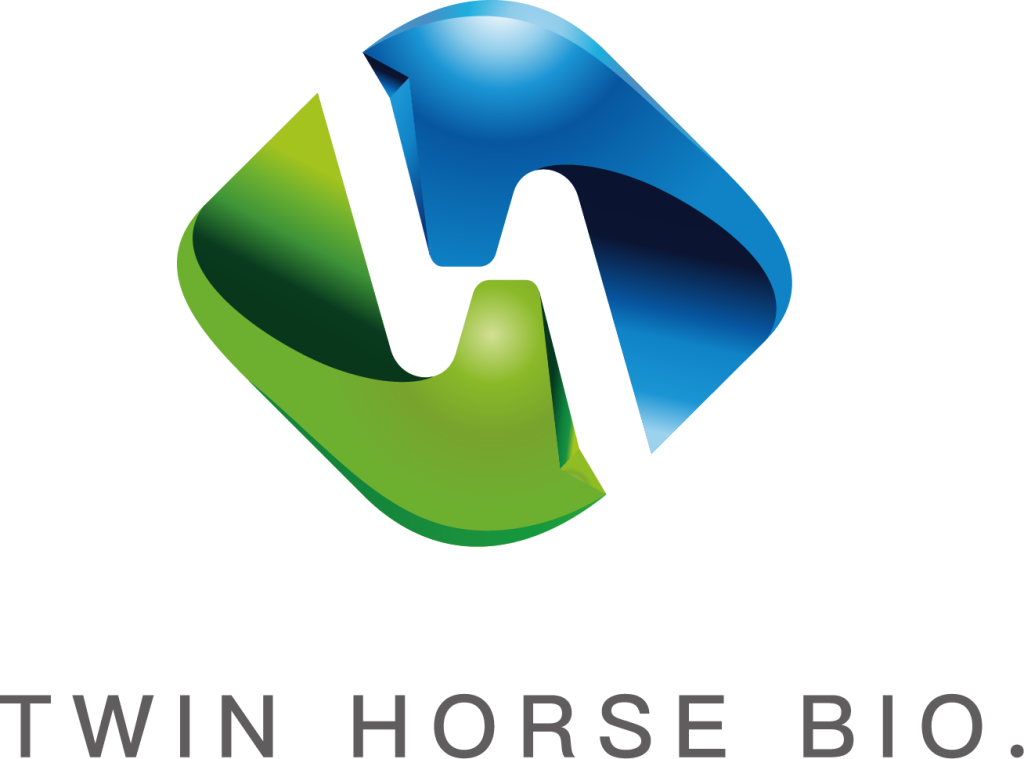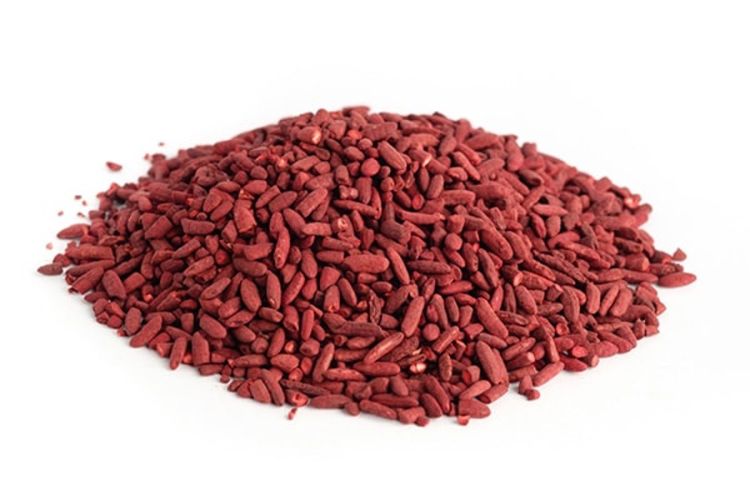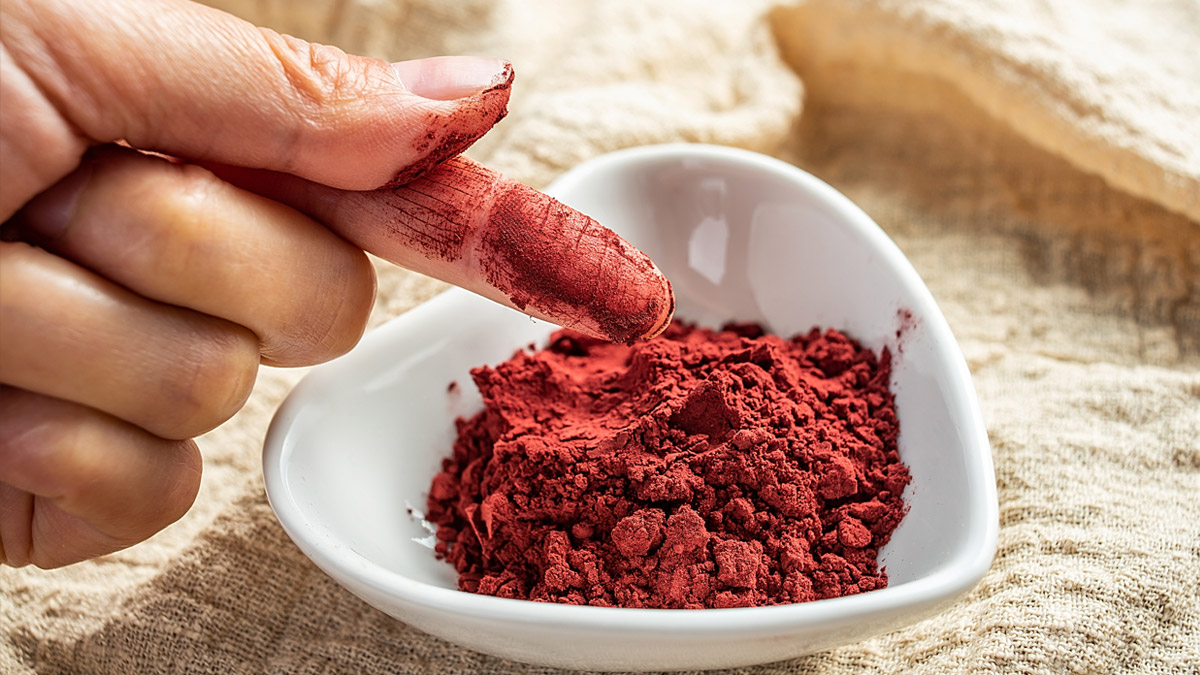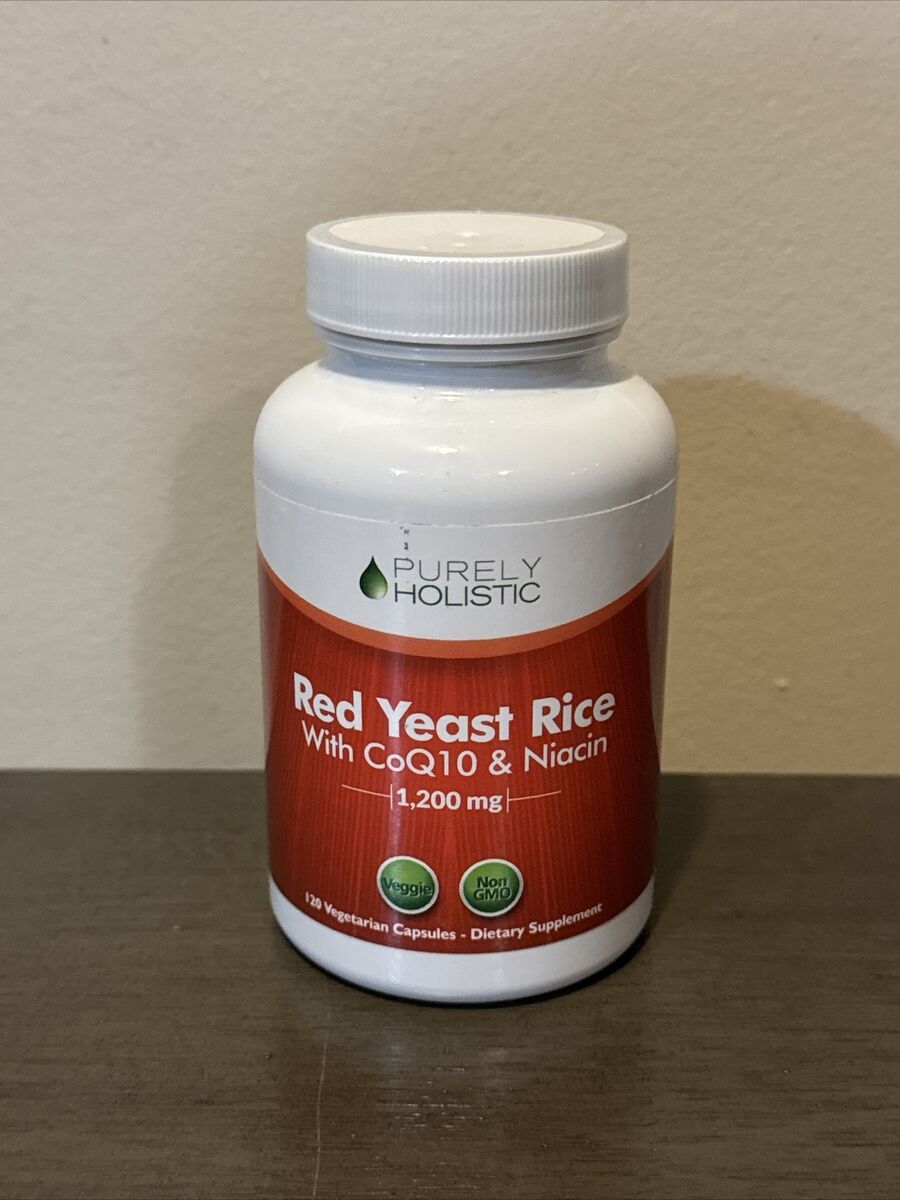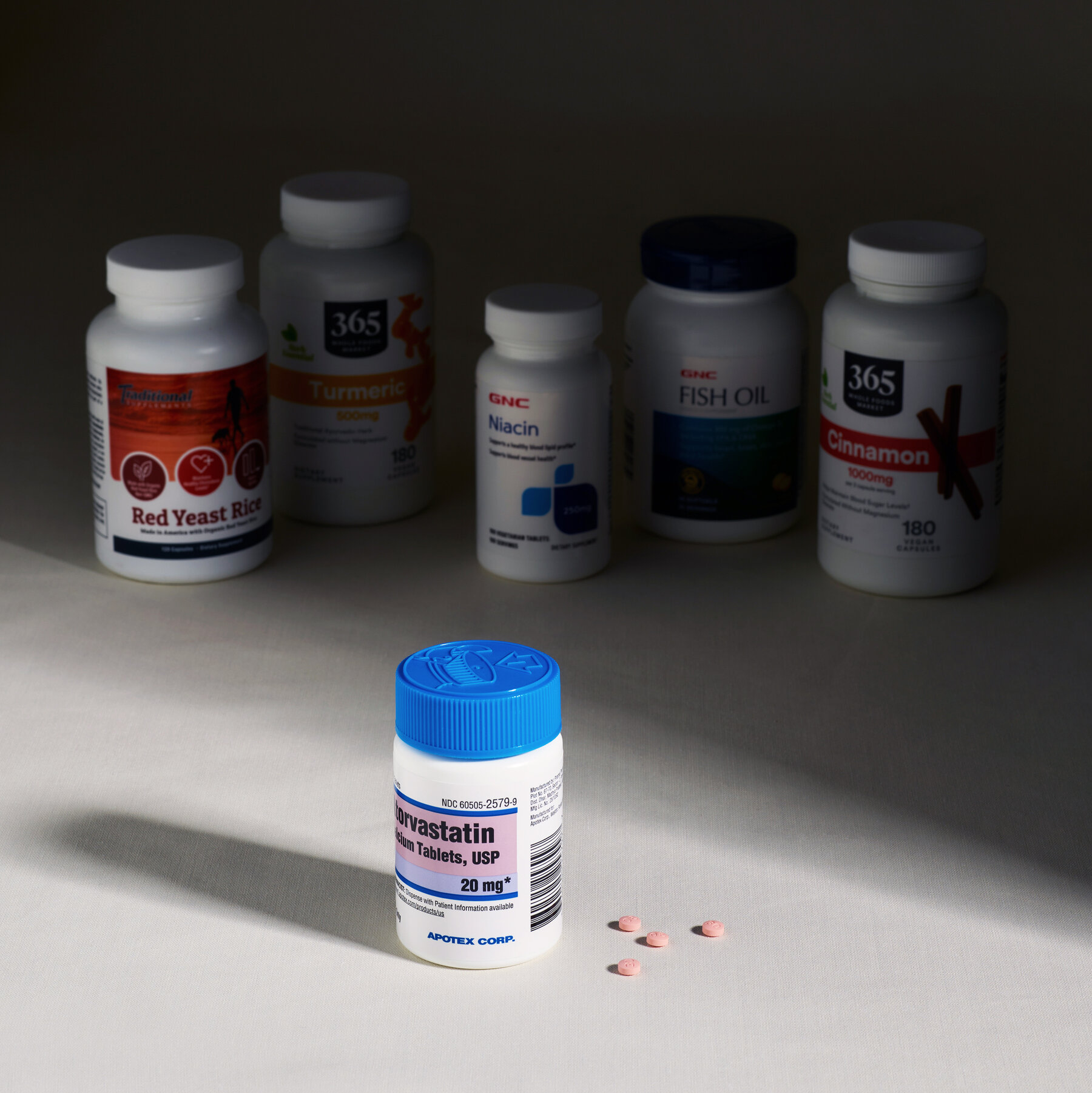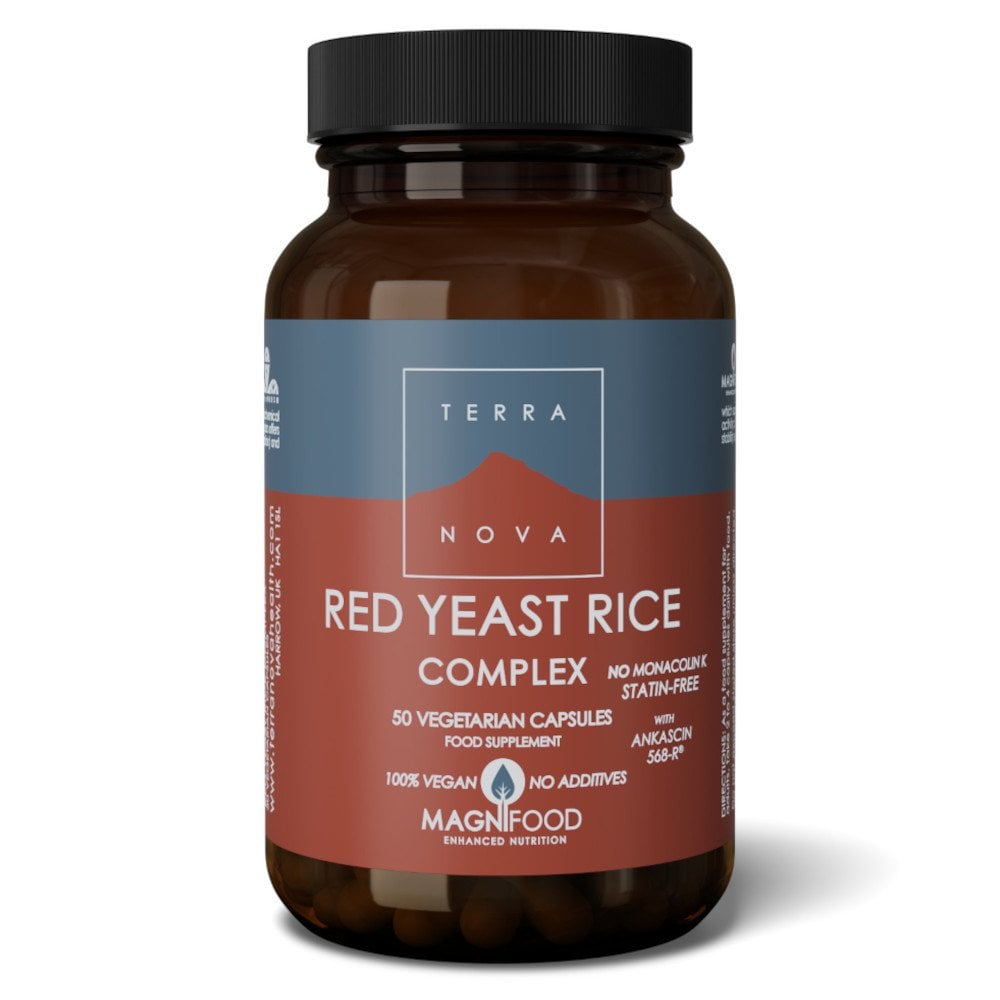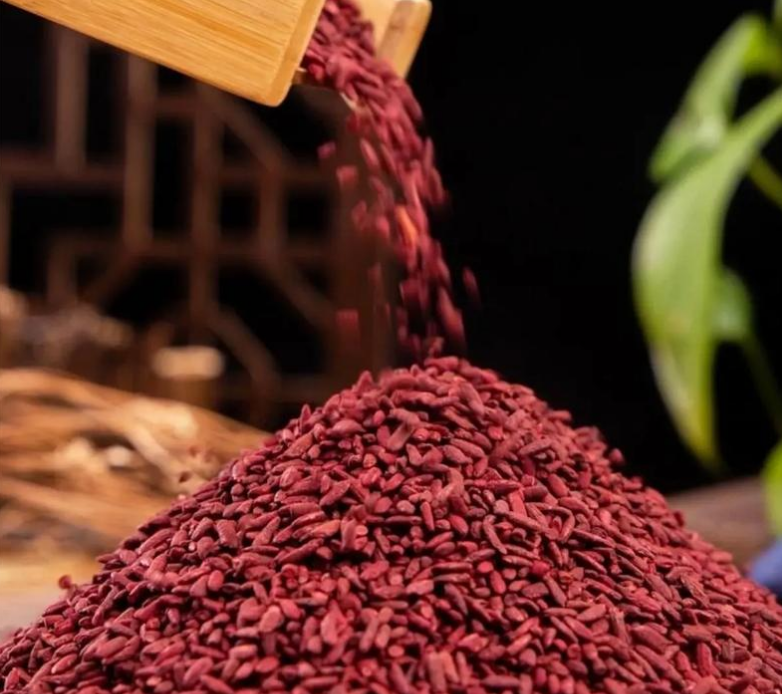Red yeast rice is better.Red yeast rice reduces LDL cholesterol by up to 40% in 6 months with 1,200 mg daily, compared to plant sterols’ 10-15% reduction. It mimics statins, inhibiting cholesterol synthesis quickly, offering a cost-effective, well-tolerated option for sustained heart health improvement.
Immediate Impact (0-1 Week)
One of the studies involved 200 people with high cholesterol, where intake of 600 mg of red yeast rice resulted in lowering LDL cholesterol by an average of 12% within just a week; whereas plant sterols did not show any statistically significant difference in such a time span. That’s a substantial decline-equivalent to roughly a 20 mg/dL decline among persons at a baseline level of 160 mg/dL.
Subjects in an angioplasty treatment with red yeast rice supplements after surgery are patients from the hospital in South Korea. Within a week, 93% of patients started experiencing improvement in lipid profiles with a mean total cholesterol reduction of about 15%. Meanwhile, only diet modification treatment patients, which included plant sterols, saw less than a 5% change over this period.
In a study of 500 individuals using over-the-counter cholesterol-lowering supplements, 72% of those on red yeast rice reported “noticeable improvements” within the first week, including reduced fatigue and better cardiovascular endurance. By comparison, less than 30% of plant sterol users reported similar results in the same period.
Short-Term Results (2-4 Weeks)
In one study of 300 subjects at a renowned cardiovascular research institute, patients receiving 1,200 mg daily of red yeast rice demonstrated an average LDL reduction of 25% over four weeks. For those with an initial LDL cholesterol of 160 mg/dL, this represents a 40 mg/dL reduction—a clinically significant improvement. In the same period, plant sterols achieved only a 10% reduction, thus pointing to the far better efficiency of red yeast rice in lipid management.
A cost analysis done by Consumer Reports pegged the cost of a month’s supply of high-quality red yeast rice supplements to about $25-30, compared with up to $100 a month or more for statin medications taken without insurance. The supplements have fewer side effects too: reported incidences of muscle pain and fatigue are as low as 3% versus more than 20% with traditional statins.
Over the 2-4 week period, the cumulative effect of this inhibition leads to not only LDL reduction but also a 10-15% decrease in total cholesterol levels, as documented in studies published in the Journal of Lipid Research. Triglyceride levels, another critical cardiovascular marker, fall by an average of 8-12% over this period.
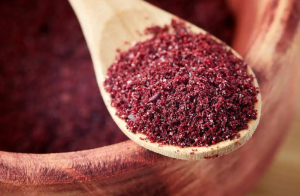
Mid-Term Outcomes (1-3 Months)
In the aggregate, one recent meta-analysis of 14 RCTs determined that, at 12 weeks, subjects receiving red yeast rice demonstrated a mean LDL cholesterol reduction of 30%. Taking the same hypothetical subject with baseline LDL levels of 160 mg/dL, a 30% reduction yields a 48 mg/dL drop, and greatly diminishes the risk for developing heart disease. There were decreases in total cholesterol and triglycerides respectively by 20-25% and 15-20% during this period.
At a cost of an average of $25-30 per month, a three-month supply can be had for roughly $75-90, compared to $200-$300 without insurance for the same period. The side effect profile remains low, with less than 5% of users reporting mild gastrointestinal discomfort, compared to over 15% for statins, according to a report from the American Heart Association.
In one clinical trial of 500 participants, 82% of users reached their target LDL cholesterol levels within three months, compared to only 45% of those taking plant sterols. A large workplace wellness initiative at a global manufacturing firm included supplementation with red yeast rice for employees with high cholesterol. After three months, participants reported a 35% reduction in cardiovascular-related sick days, amounting to estimated annual savings for the company at $120,000 in productivity costs.
Long-Term Benefits (3-6 Months)
Continuous use of red yeast rice at a dose of 1,200 mg per day maintains an LDL cholesterol reduction of 35% after six months. For a person who started with an LDL of 160 mg/dL, this would mean a reduction of approximately 56 mg/dL. Total cholesterol was reduced by 25-30%, and triglycerides always came down by 20%, which is a very significant improvement in the lipid profile.
The average overall cost of supplementation over six months was $150-$180 and thus much more inexpensive compared to prescription statins, which could be over $600 or even more for six months without insurance. Red yeast rice has a low side effect profile, and only less than 5% of users may report mild issues, such as stomach discomfort. Conversely with statins, up to 15-20% of users usually develop muscle pain or liver enzyme abnormalities and, for many patients, this leads to discontinuation.
In a longitudinal study involving 5,000 participants in China, consistent use of red yeast rice for six months reduced the risk of cardiovascular events, such as heart attacks and strokes, by 28% compared with nonusers. These findings are in concert with those presented in the European Heart Journal, in which researchers attributed the long-term cardiovascular stability of participants to the drug HMG-CoA reductase inhibitor, a key category of compounds that includes naturally derived substances found in red yeast rice.
A medical cost study in Taiwan indicated that cardiovascular complications requiring hospitalization within six months decreased 40% for patients taking the red yeast rice as part of their medical treatment. This accounted for an average savings of $2,000 in medical costs per patient.
Extended Use (6-12 Months)
In the Journal of Cardiovascular Pharmacology, the outcomes of such therapy were tracked in 1,000 participants over 12 months, revealing a 40% reduction in LDL cholesterol. This is their initial levels going from 160 mg/dl to approximately 96 mg/dl. This was thus a consistent result which reduced their chance of major cardiovascular events by 30%, calculated using the Framingham Risk Score model. Overall, total cholesterol was reduced by 25%, with HDL cholesterol increased by 12%, hence an overall improvement in the lipid profile.
Over the course of a year, the total cost of supplementing with red yeast rice ranges from $300-$360, which is more than $1,200 without insurance. a cost-benefit study in taiwan found that for each dollar spent on red yeast rice, $4 were saved due to cardiovascular healthcare.
In one public health project initiated by an Italian government, red yeast rice was administered to 10,000 subjects who were at a high risk of heart diseases for 12 months. Admissions due to heart diseases fell by 22% at the close of the program, saving around €5 mln in health spending. The overall compliance with the supplement intake was also excellent, as 90% continued their supplement all year.
